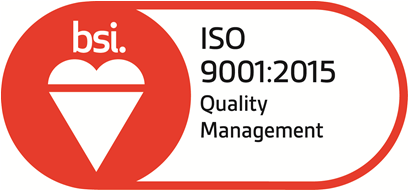The concept of Miscellaneous Storage was first introduced in the 1991 edition of NFPA 13, the Standard for the Installation of Sprinkler Systems, but still seems to be widely misunderstood, even today. Just within the last few years, I have seen the term misapplied by sprinkler contractors, fire prevention officers, competitors and colleagues within my own company.
The concept of Miscellaneous Storage was originally developed to address situations where a small area in a building is used for storage that is secondary to the general occupancy. An example of this is when a manufacturing facility uses part of the floor space of the production line for the storage and ready access of raw materials and/or finished goods. However, the term Miscellaneous Storage is often mistakenly applied for situations where there is a diverse variety of products being stored, such as in a self-storage facility with rental lockers. Also, since the criteria for Miscellaneous Storage is covered in the same chapter of NFPA 13 as that for Low-Piled Storage, it is sometimes incorrectly interpreted that Miscellaneous Storage is any storage where the pile heights do not exceed 3.7 m (12 ft).

The definition for Miscellaneous Storage in Section 3.9.1.8 of the 2013 and 2016 editions of NFPA 13 is quite specific:
Miscellaneous Storage. Storage that does not exceed 12 ft (3.66 m) in height, is incidental to another occupancy use group, does not constitute more than 10 percent of the building area or 4000 ft² (372 m²) of the sprinklered area, whichever is greater, does not exceed 1000 ft² (93 m²) in one pile or area, and is separated from other storage areas by at least 25 ft (7.62 m).
Thus, to qualify as Miscellaneous Storage, five conditions must be met:
- The storage height cannot exceed 3.7 m (12 ft) in height;
- The storage must be incidental to another occupancy use group;
- The storage area cannot exceed either 10% of the building area or 372 m² (4000 ft²) of the sprinklered area, whichever is greater;
- Each storage pile cannot exceed 93 m² (1000 ft²); and
- Each storage pile must be separated from other storage by at least 7.6 m (25 ft).
If all five of these conditions are satisfied, the storage area can be protected as Miscellaneous Storage. However, if any one of the conditions is not met, then the sprinkler design criteria must be determined from other applicable storage chapters of NFPA 13.







